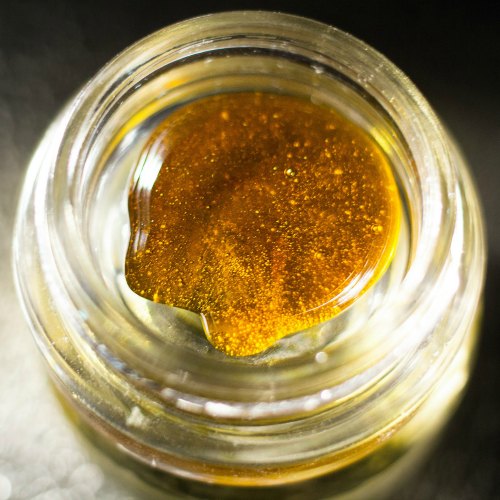Cannabis extraction is a process that releases essential oils from cannabis flowers, in order to deliver better patient treatment, or to produce a more concentrated high for seasoned smokers. The resulting concentrate variously goes by the name cannabis oil, budder, wax, or shatter depending on the quality of the product and / or the preferences of the consumer. In most instances, the user smokes the product but it can also be used to make edibles.
Common Methods of Cannabis Extraction
Extraction of cannabis oil can be a complex, potentially dangerous activity, with the exception of the dry sieve and water methods we describe shortly. If, for whatever reason you decide to do your own extraction using other methods, we recommend you do significant research first, perform extraction in a well ventilated area, wear flameproof clothing, and have a fire extinguisher nearby. Here are the commonest methods currently in use.
Cannabis Extraction Using Non-Hydro Carbons
– Dry Sieve Extraction Method – Equipment Cost: Minimal
This method for releasing resin involves agitating the raw product over a screen that allows the resin buds through for compression into blocks. Works best with frozen material that snaps easily.
– Isopropyl Alcohol Extraction Method – Equipment Cost: Minimal
Alcohol is highly water-soluble and works by dissolving the heavier oils from the plant matter. The mixture must then be carefully heated to remove the alcohol from cannabis oil.
– Water Method – Equipment Cost: $50 – $250
This procedure is similar in concept to the dry sieve method, except the frozen product is placed in water and agitated with ice blocks so the heavier resin buds sink to the bottom.
– Carbon Dioxide Super Critical – Equipment Cost: $100,000+
The CO2 extraction method injects heated high-pressure gas into a vessel containing raw marijuana product. The CO2 acts as a solvent separates out the essential oils from the plant material. In a way this process is similar to removing caffeine from coffee beans.
Cannabis Extraction Using Non-Hydro Carbons
– Butane / Propane – Equipment Cost: $ 1,000 and up
Butane is the commonest solvent although mixing it with propane is also popular. Both solvents dissolve essential oils efficiently and cost-effectively. This method is only safe in a laboratory setting!
– Hexane – Equipment Cost: $ 100,000+
Hexane is similar to butane and propane in application. However, it boils at a higher temperature where it becomes unstable, inflammable and potentially explosive. This method is only safe in the hands of specialists and typically not recommended.
Cannabis Concentrates, Point of View the User
Most users are unaware of the effort that goes into producing the concentrates they enjoy. Most people are mainly interested in the medical benefits or the euphoria the product produces. A process of smoking the concentrated oil is called ‘dabbing’, A dab usually refers to a dose of concentrated cannabis that is heated on a hot surface, usually a nail, and then inhaled through a dab rig. The heated surface is usually made of titanium or quartz, and a perforated glass dome placed over it for inhaling the concentrated smoke. An auxiliary market has sprung up producing specialist equipment for smoking dabs.
